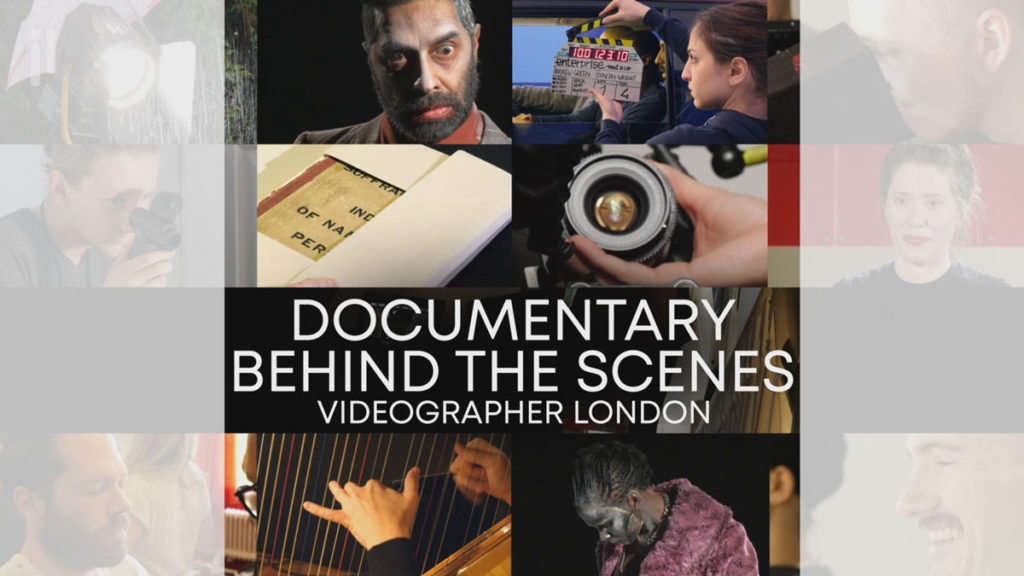Uploading a video to Instagram can be less straightforward than other social media sites. I this article I explain tips, guidance and one way in which you can upload your edited videos to Instagram. You might also like to check out some of my Instagram channel edited videos. This article was rewritten on 21st April 2020 to take account of some changes Instagram had implemented.

Video for social networks
Many of the social networking sites have the option for users to upload video content to their site profile and allows users to share a personal video that has just filmed, for example, with a mobile phone. It is also possible to produce, film and edit specific video content relevant for each different network, and this requires some extra thought. Social Networking sites are a great way to help promote goods and services, and many sites offer enhanced advertising opportunities like Facebook and Twitter, for example. You may want to use just one or a range of different social media sites to promote a product, service or particular event. As well as researching the audience and considering the way your video or advert would look on each different site, you also need to produce the film and edit the video. Once the content has been created and finely edited on your edit system, you need to look at how to get it uploaded to the sites in question.
Video specifications
Each site where you might want to upload video has its specifications or requirements for their hosted video content. Of course, there will be many different ways to upload your content for each site as well. I am going to explain one way for uploading an edited video from a non-linear edit platform to create an Instagram post. I’m sure other solutions are available as well. The specifications each channel has for uploading video content are constantly changing so do check the latest requirements or the “help” section for the site you want to upload a video to.
Editing a short video for Instagram
For this example, I want to upload an edited video to Instagram that I have created. The master edit has 16:9 aspect ratio, was originally shot in UHD and had been editing with a 1920 x 1080 pixel raster size. Before you export your edited video, it’s good to check that it is best adjusted correctly for Instagram. While Instagram currently allows you to upload 60 seconds for a “short video” I have found that you can go to 60 seconds and ten frames if required (I’m working in the UK using 25 frames to a second). I have found that its best to start any audio in the video with a very short mix-up starting four frames after the start of the vision is possible. If you start the audio hard from frame one of the edit, you might get an audio bump, or the audio clipped once uploaded. Make sure the audio levels are suitably set and that the audio smoothly ends or finishes its mixdown before the vision within this timeframe. I always end my audio a few frames early as well.
Graphics and aspect ratio
Another thing to consider before you export your edited video file for Instagram is how the opening frame will look on the Instagram profile page. As of the time of writing Instagram shows a square image of the opening frame from your uploaded, edited video – see attached image. Because of this, it’s best if you make sure that the opening frame and any texts or graphics work as a centred cutout square. You might need to adjust any graphics to suit this framing. Watch how this example plays on my Instagram Channel. Also, consider that the opening frame is very small on the Instagram home page so it’s helpful that any text can be large enough to be read easily on a medium-sized phone screen, for example.
Exporting a video Instagram
Once you have edited and prepared the video of up to 60-seconds you need to export it. I used to upload 1920 x 10180 files, but now I export 1280 x 720 file as this seems to give better results to me. Select H.264 and 25 fps or the frame rate (24-30) you are working in. You might want to experiment with what compression data rate works for your video. I use 10000Kbits/sec, and this might work for you. By doing several tests at different bit rates, you will be able to if any compression artefacts are present and what your optimum bit rate is. Reviewing the encode ill also let you spot anything that is not working so well – like fine lines animating on a still image, for example. Consider what audio settings you want should you have audio with the video, I generally use aac 320Kbps. To export from your non-linear suit, you can export a Quicktime reference and then use a third-party application like Compressor (MAC) or Handbrake to compress the .mp4 file. Or you can export a .mp4 file directly from your editing software.
Uploading a video to Instagram
I found that to upload a video to Instagram without using any third-party apps; I needed to move the compressed video file onto my phone first. To get the video onto my iPhone, I first uploaded it to a folder in my Dropbox account via my mac desktop. After it had uploaded to my Dropbox account, I then launched the Dropbox app on my iPhone. I then exported the correct video file from Dropbox and saved it onto my iPhone. To upload the video to Instagram, just open Instagram and then select the plus sign in a box at the bottom middle of your phone screen. You should now see the video that you have just saved on your phone. From experimenting with different uploads, I did previously find that any video file over a certain size would fail. You may want to keep the file size reasonably low to enable quicker and reliable uploads.
Check the file
Once you have the video file on your phone, you can then select the Instagram option to play the video at 16:9 aspect ratio by clicking on the “opposing arrows” graphic in the bottom left of the screen with the Instagram application. Then selecting “next” you can select “share as short video”. The video will then loop play so you can watch it and listen to it. Instagram also provides filter and trim options which you probably won’t need if you have edited the video, just select “Next”.
Add hashtags #
On the next page you can then add a caption with any hashtags (#) you require, tag people, tag a business partner and add a location. You can also see options to share it on other social media channels. I prefer not to use those sharing options so I can manage any upload to each different social media site and suitably adjust the text myself. After you have added everything, you can then select ‘share’. Copy all the description data, so you have a copy in case some of is needs amending after you have watched it. Then quickly check that it all looks good on the actual profile. The great thing with Instagram is that you can still edit all the tags and details using your phone once the video is uploaded.
Different social networking sites
These same principles listed above can be applied to different editing systems or used when uploading a video to Instagram or various other social media sites. On most social media sites, it’s far easier to upload video as you can upload video directly from your desktop, upload videos with a longer duration, widely used raster sizes and more file types. The main criteria seem to be ensuring that the video clips stay under site-specific file sizes and technical specifications. People with the latest version of iOS can also upload 16:9 videos to Instagram directly from their phones as well as upload vertical aspect 9:16 videos using the IGTV option. If you need any help with your social media video production, please do get in touch.
You may find some of these related articles interesting. For more help and advice check out my video production blog.



